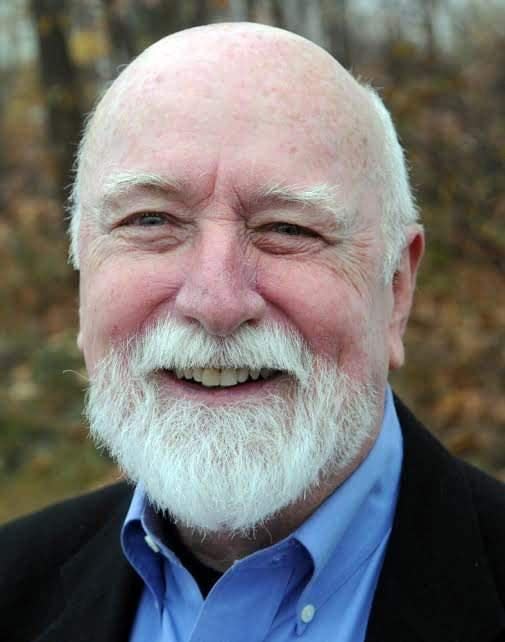The Observer: Ken Burns connects the past and the present in 'The U.S. and the Holocaust'
It is more than six and a half hours long but well worth your time.
You might have difficulty watching it in one sitting anyway because parts of it are so hard to take in. It’s also an experience you need to let ferment in your brain for a while. I’m talking about the newest documentary from Ken Burns, “The U.S. and the Holocaust.”
Burns’ films frequently bring old photographs to life by panning over them, turning still images into moving pictures. He tells the stories of his subjects in ways that bring people long dead back to life; that bring things from the remote past into the present.

The film’s editors rely extensively on archival footage, much of which has never been seen before (at least not by me): men and women standing in their graves when they are murdered and buried. The policies of the Nazi regime reek of depravity. Burns says this is the most important film he will ever make — a claim that is easy to believe.
The film is presented in three episodes. Part I focuses on patterns of emigration from Europe in the years up to 1938.
This segment only hints at 2022 but it does plant a seed that blossoms in the final ten minutes of the film.
The Observer: Welcoming America's newest immigrants
Part II deals with the rise of Nazism, World War II and the horrors of genocide (1938-1942). Part III covers the years since 1942 right up to the present day.
While most people will focus on the film’s documentation of the antisemitism which culminated in the extermination camps at Auschwitz, Chelmno, Sobibor and Treblinka as well as a score of other concentration camps, the Holocaust is not the entire story. Another main theme of the film is the impact which antisemitism had on the United States in the last century. Burns focuses more on Roosevelt than on Hitler; more on American politics than on European politics.
Ultimately, it is the parallels between the era of the Nazi war machine and the 21st century that sits forebodingly in the mind. As a result, “The U.S. and the Holocaust” is particularly relevant to American audiences, displaying a currency that makes a distant tragedy seem contemporary.
The Observer: Are you happy? A look at the meaning of happiness
The 20th century saw Adolph Hitler invading Austria, Poland, Netherlands and elsewhere. In the 21st, we have Vladimir Putin invading Ukraine and who knows where else his mad ambitions might take him. Then, we had Benito Mussolini running Italy with an iron hand. Now, we have Giorgia Meloni about to become the first Neo-fascist prime minister of that country. That era had General Francisco Franco controlling Spain. We have the dictatorial autocrat Viktor Orban in Hungary.
The 1930s had the Ku Klux Klan and the Silver Legion of America attacking Jews and inflaming popular opinion against America’s minority groups. We have various alt-Right groups rioting in Charlottesville in 2017 chanting “Jews will not replace us.”
Then, there were rioters destroying Jewish homes and synagogues during Kristallnacht (November 9-10, 1938). Now, we have mass murder in a Pittsburgh synagogue (October 27, 2018) along with other incidents of antisemitic terrorism. And let us not forget January 6, 2021, at the Capitol where Proud Boys and Oath Keepers rioted and where at least one perpetrator was filmed wearing a “Camp Auschwitz” sweatshirt.
The white nationalism of Charles Lindbergh echoes in the political rhetoric of Donald Trump; feeding on the same nativist fears in the 2020s as it did in the 1930s.
The earlier era’s “America First” ideology has been resurrected in the MAGA movement and in QAnon’s fantastical fear-based conspiracy theories. What was old has become new again.
The principal lesson of the film is that regardless of how remote the chances of this sort of thing ever happening again may seem, it could happen again. One of the survivors interviewed for the film, 100-year-old Gunther (Guy) Stern, says it this way: “We have seen the nadir of human behavior and we have no guarantee that it won’t recur. If we can make that clear and graphic and understandable… as a warning of what can happen to human beings, then, perhaps, we have one shield against its recurrence.” That shield is what Ken Burns is offering to us.
“The U.S. and the Holocaust” will be streamed on PBS until October 16. It also is available on DVD for purchase from Amazon.
Ron McAllister is a sociologist and writer who lives in York.
This article originally appeared on Portsmouth Herald: The Observer: 'The U.S. and the Holocaust' is a must-see documentary
